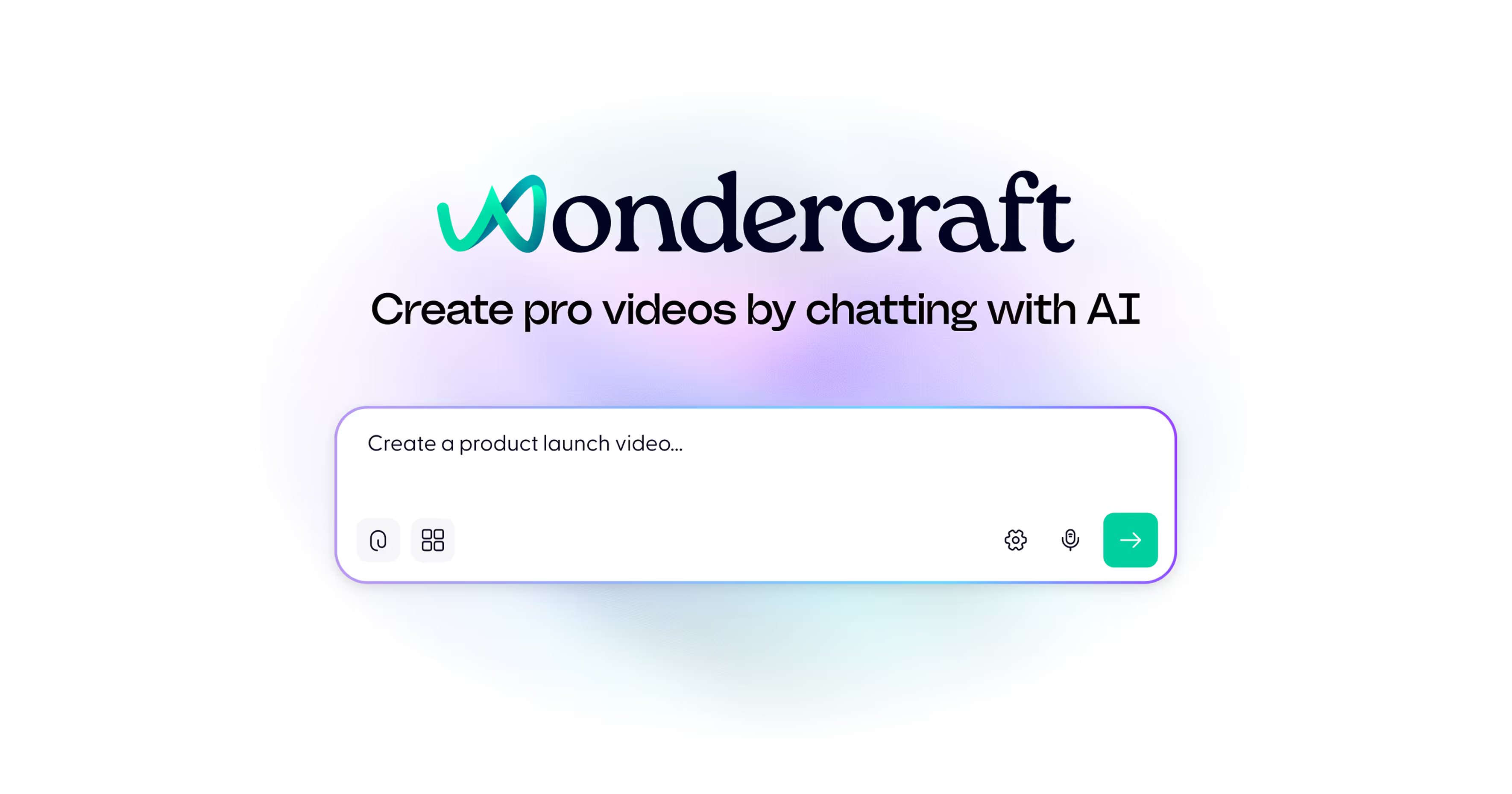If you’ve ever tried making content with AI voices, you’ve probably hit this wall:
Do I need voice cloning, or is regular text-to-speech enough?
They sound similar — both turn words into sound — but they’re built for completely different goals.
And choosing the right one can make or break your brand’s sound identity.
Let’s unpack what each really does, where they shine, and when to use them together.
Voice Cloning: your voice, automated
Voice cloning is what it sounds like — an AI model learns to speak exactly like you.
It captures your tone, accent, pacing, and all those subtle human quirks that make a voice recognizable.
You’ve probably seen it in action:
- OpenAI’s Voice Engine (still in limited release) can replicate a person’s voice from 15 seconds of audio.
- ElevenLabs Voice Cloning is used by creators to keep their brand voice consistent across podcasts, ads, and training videos.
- Even TikTok influencers are using cloned voices to localize their content into new languages while keeping “their” tone intact.
At Wondercraft, you can safely clone your voice, too — but with consent-first data, secure storage, and full creative control.
That means your cloned voice can read scripts, training materials, or even appear in a full AI-generated video through Wonda, your built-in creative director.
It’s your voice — scaled, not stolen.
Text-to-Speech: voices you can design
Text-to-speech (TTS), on the other hand, doesn’t use your voice at all.
It uses pre-built AI voices — synthetic or human-inspired — to read any script with emotion and realism.
TTS models are built for versatility, not identity.
For example:
- Google’s Chirp 3 HD voices offer over 30 languages and emotional control tags like
[pause]or[slow]. - Cartesia’s Sonic 3 can generate expressive speech from raw text for games and narration.
- ElevenLabs v3 lets you adjust tone and style on the fly, making one voice sound calm, sarcastic, or cinematic.
In Wondercraft Studio, these models are orchestrated under one roof — so you can pick voices, adjust mood, or even mix cloned and synthetic voices in one project.
That’s where the magic happens: flexibility without complexity.
When cloning makes sense
Voice cloning is the better choice when:
- You’re building a brand voice (e.g., podcasts, YouTube channels, or ad campaigns).
- You need consistent narration across multiple projects.
- You want to maintain authenticity — like hearing the CEO narrate a product launch, without them recording every line.
Example:
When Duolingo introduced AI voiceovers for some of its in-app lessons, they cloned existing voice actors to keep personality consistent across new content.
That’s what cloning is for — scaling you, not replacing you.
When text-to-speech wins
TTS shines when:
- You need fast, varied outputs.
- You’re creating characters, explainers, or multilingual content.
- You want emotional flexibility — switching from friendly to formal in seconds.
Example:
News apps like Pocket or Audm rely entirely on high-quality TTS voices (not clones) to narrate thousands of articles daily.
Why? Consistency matters less than clarity and speed.
Inside Wondercraft, Wonda can even suggest the right tone for each section — using emotional AI to make TTS voices feel natural, not robotic.
When to combine both
Here’s where things get fun.
The best results often come from combining cloning and TTS.
Imagine you clone your voice for your brand intro, then use a professional AI narrator for guest interviews or global translations.
That’s a hybrid setup used by creators, agencies, and L&D teams inside Wondercraft today.
Wonda even lets you apply your voice style — pacing, rhythm, tone — to a different language model, so your “Spanish” voice doesn’t just translate words, it feels like you.
Why this matters now
We’re entering the age of voice identity — where your brand’s sound is as important as its logo.
But with deepfake misuse on the rise, platforms that offer safe cloning environments are becoming essential.
That’s why Wondercraft’s system is built around:
- Ethical consent and voice ownership
- Model transparency
- Commercial-safe licensing
So you always know who’s speaking, and why.
Ready to find your voice? Clone it, design it, or build it from scratch — all in Wondercraft Studio.
Because whether it’s you or your AI co-host, your sound should still be yours.











